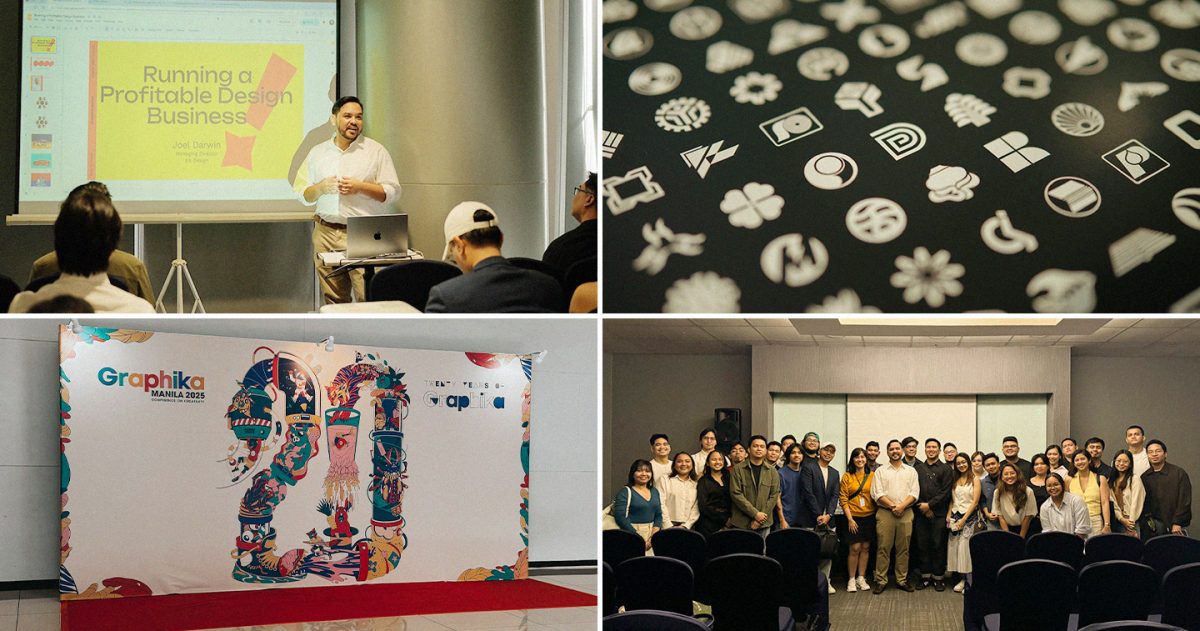MANILA, PHILIPPINES – Most artists have their right side of the brain driving creativity, but to run a profitable design business, the left-side needs to take charge too. That’s exactly what the Communication Design Association of the Philippines (CDAP) aimed to address at this year’s Graphika Manila workshop at the SMX Convention Center meeting rooms in Pasay City last March 2.
NS Design’s managing director and co-founder Joel Darwin took point in exploring how creatives could run the “unsexy side” of a profitable design business – the nitty gritty of it all.
In an intensive three-hour session, Joel broke down the essentials of scaling up a design business. The morning workshop covered business registration basics, necessary permits, and time-saving tools and services designed to streamline workflow and boost efficiency.
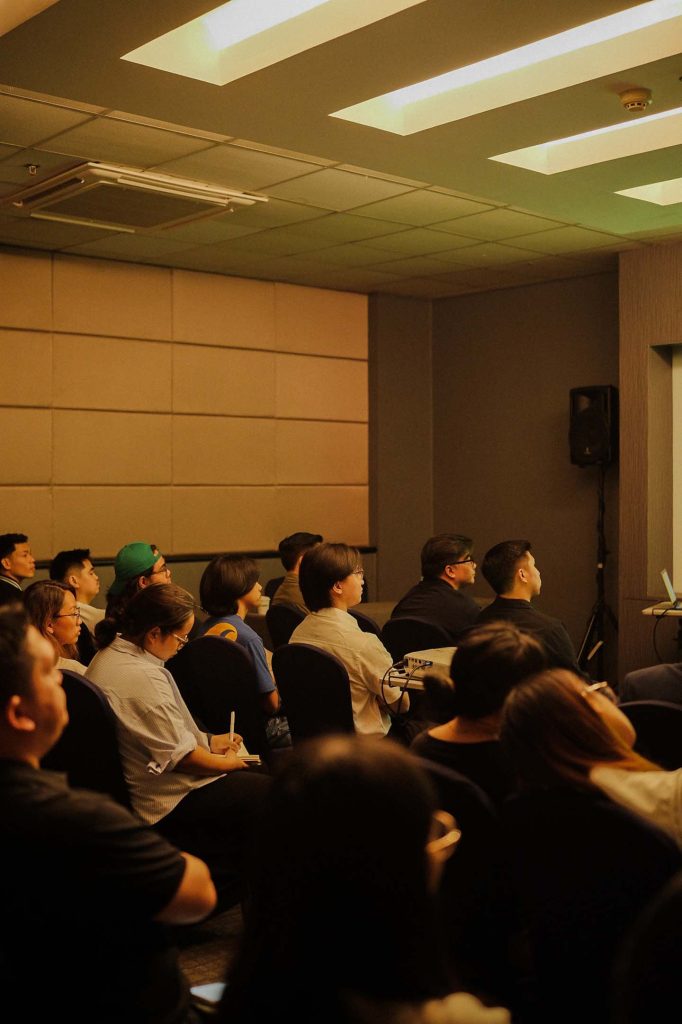
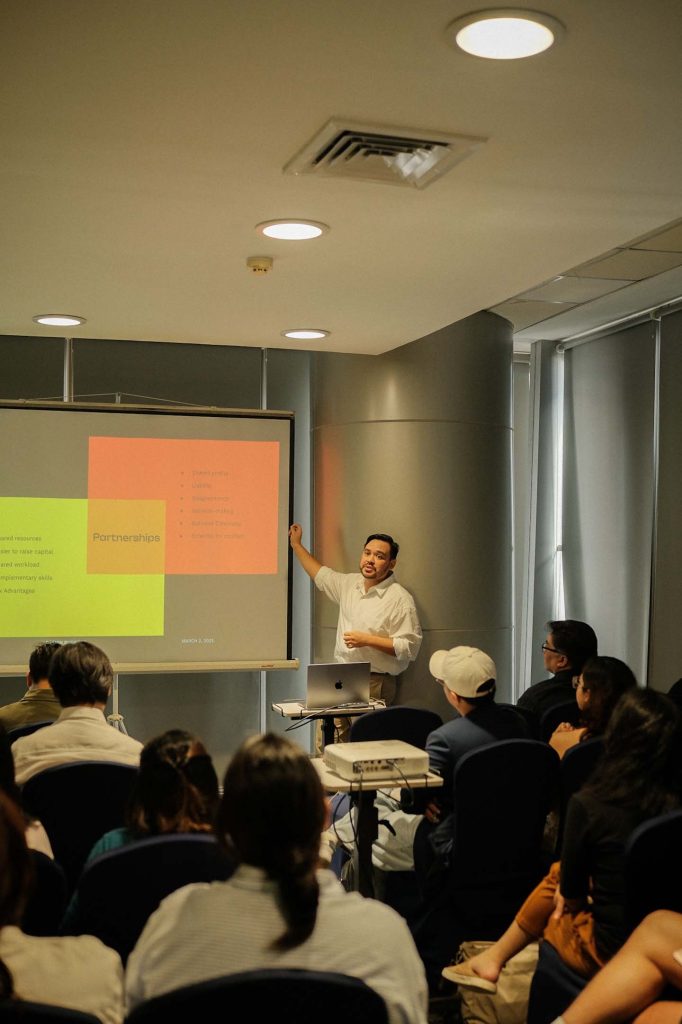
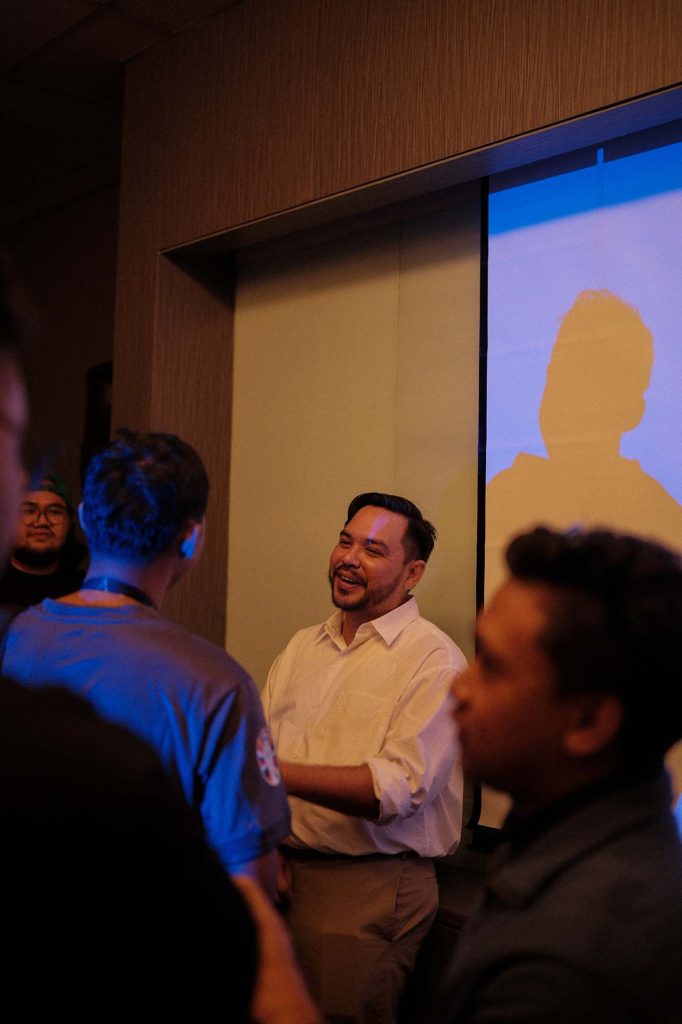
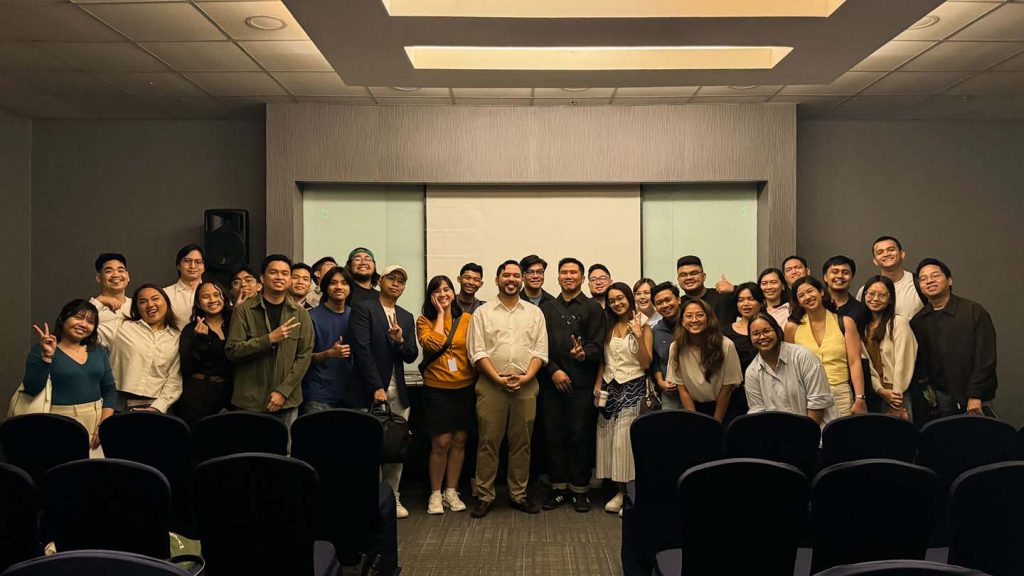
For Joel, a “creative accountant” isn’t just a bonus — it’s a necessity. “You want an accountant that can think creatively,” he emphasized. “There are some accountants that are exploring more creative methods of tax structure.”
Beyond numbers, accessibility is key. He highlighted the need for an accountant who’s “readily available” and stays up-to-date with the constant changes and memos from the Bureau of Internal Revenue (BIR).
“Befriend your accountant, take care of them — they’re part of your team,” Joel advised. He emphasized the power of smart hiring and the value of collaborating with fellow creatives to share space and resources.
Having worked with brands like Fita, SkyFlakes, and Monde, Joel shared invaluable insights for creatives and businesses alike. Drawing from his deep well of experience — and his partnership with his wife, co-founder of NS Design, Marla Darwin, — he was generous with tips and advice on navigating this crucial phase for many.
Most creatives kickstart their client journey through word of mouth, often within their inner circle—friends, family, and relatives. According to Joel, it’s a crucial stepping stone to bigger opportunities, but it comes with a catch. He advised treating them as “professional” as any other client. While offering friendly discounts is fine, mixing business with personal relationships can sometimes lead to tension.
His advice? Set clear boundaries and go back to the basics: “Sign an agreement. Make sure everything’s spelled out and they sign the contract. Make sure they’re comfortable with the rate and have them pay a downpayment.
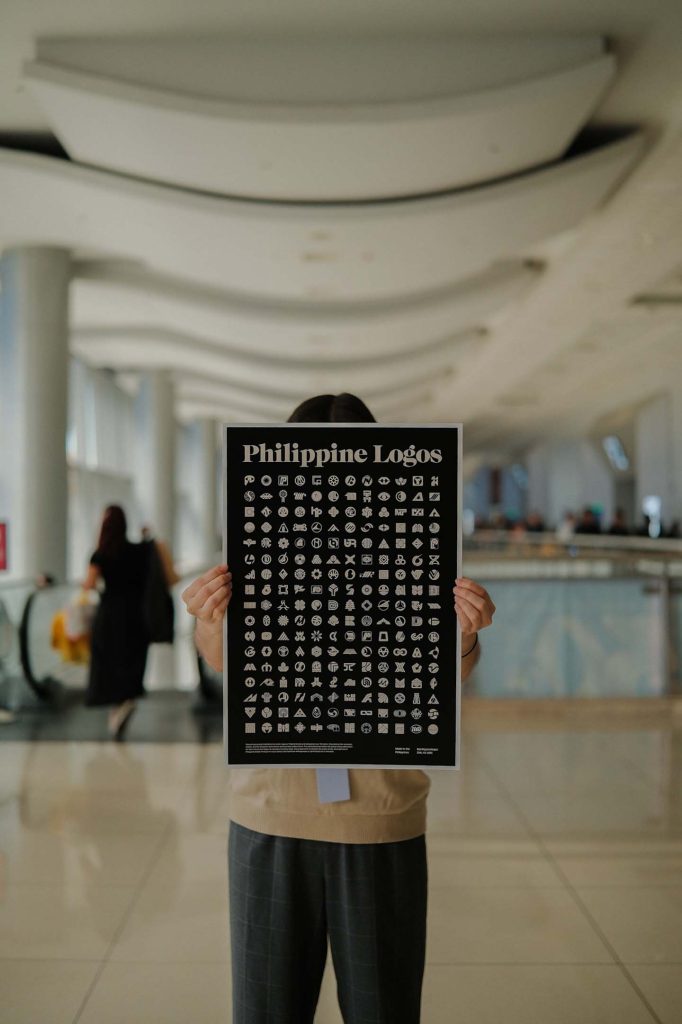
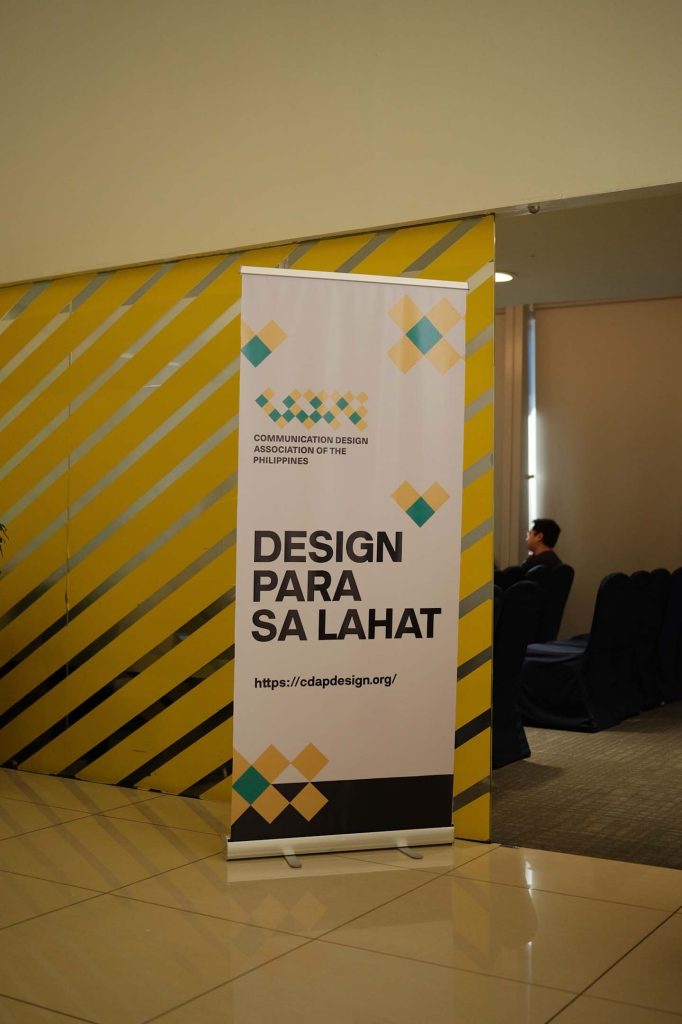
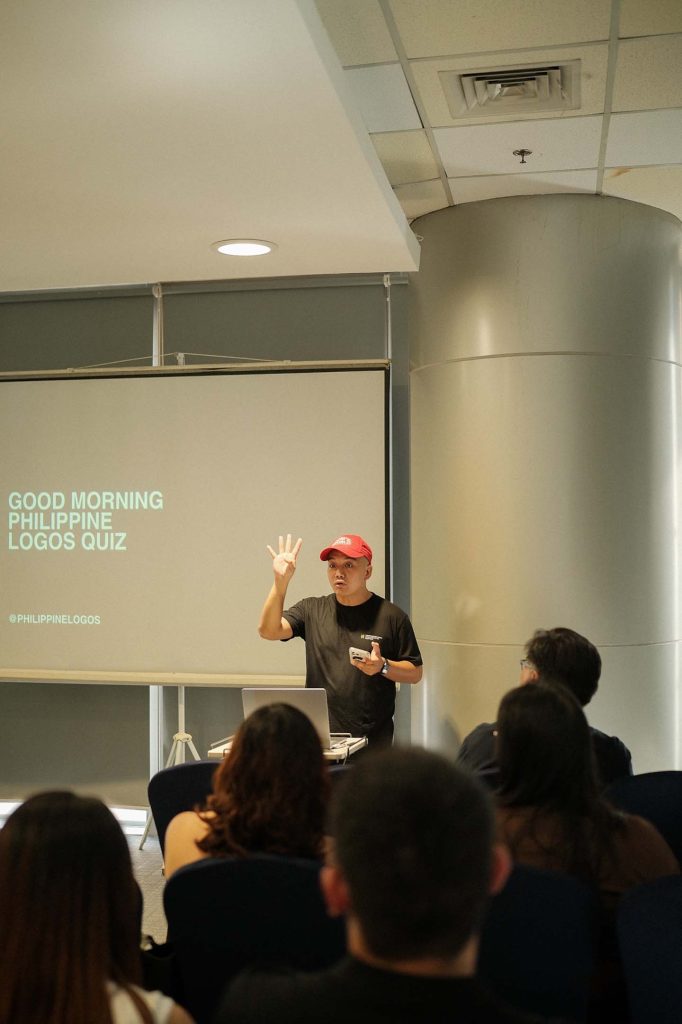
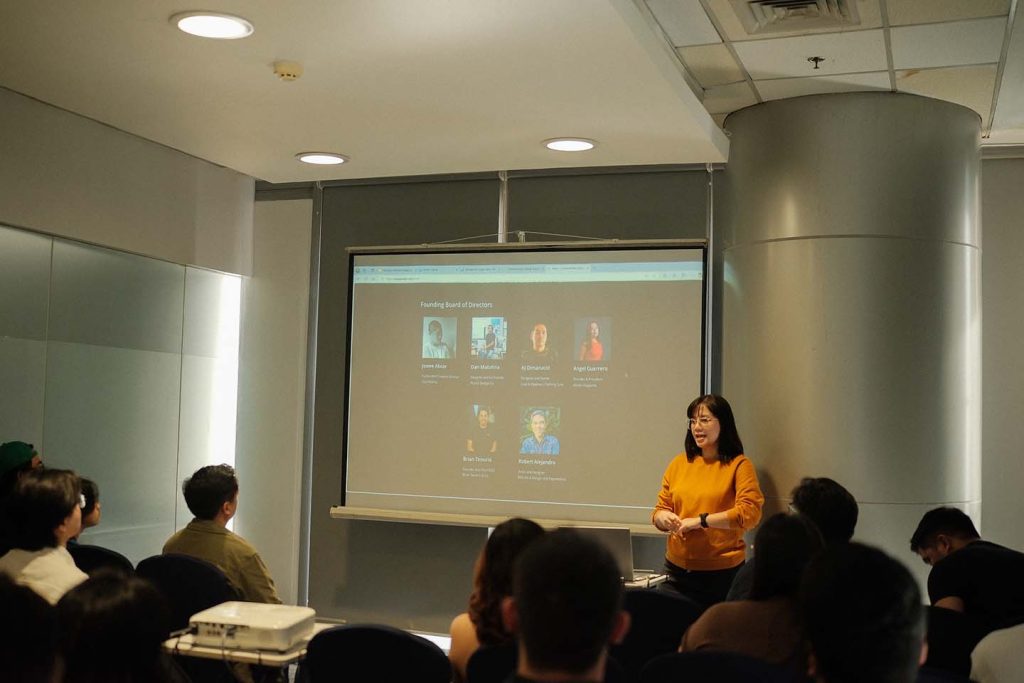
The framework for scaling a business is straightforward, but timing is everything. When adobo Magazine asked Joel how he knew it was time to scale up his design business with his wife into a corporation, he pointed to two crucial “jumps” every creative must take.
“The first jump is like: Do I fully commit to this business? Do I quit the day job?”
For Joel, taking that leap was a risk. He was working in a different industry while running a small business with his wife on the side. The turning point? When their growing venture started matching the steady paycheck from his full-time job — proving it was time to go all in.
“The second jump is what you do when you’re on the map.”
According to Joel, this is when the clients are rolling in, and creatives face a crossroads — do they scale up, or do they specialize? He stressed the importance of being strategic in this decision. In the end, scaling up is a personal choice, and the right time to take the leap depends on how ready a creative is to embrace the challenge.
adobo Magazine is the official media partner of the Communication Design Association of the Philippines.

